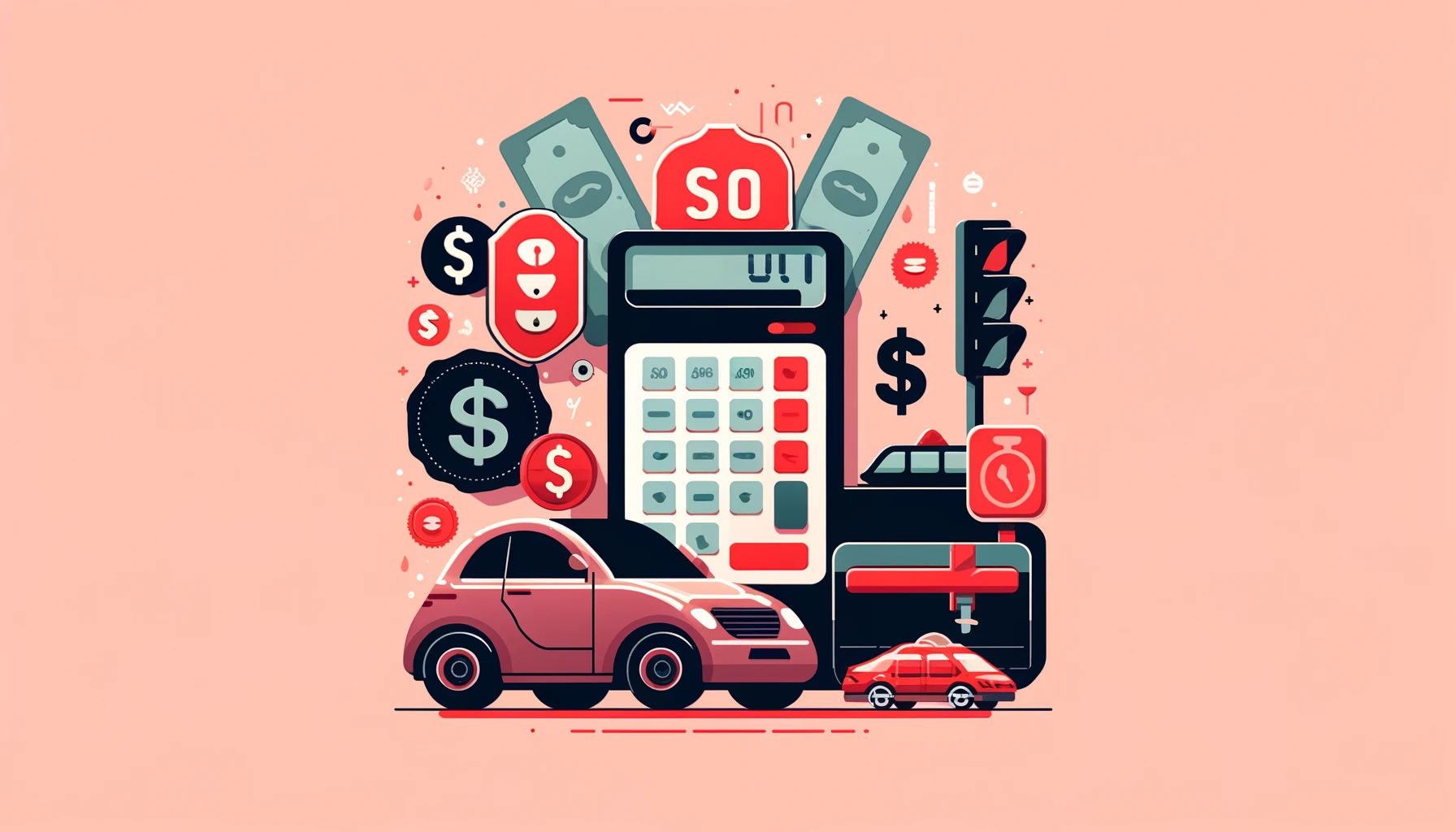When considering hiring a personal injury lawyer, one of the most important things to understand is how legal fees work. In New York, personal injury lawyers typically operate on a contingency fee basis, which has specific implications for clients.
What Is a Contingency Fee?
A contingency fee arrangement means that your lawyer’s payment is contingent upon securing financial recovery in your case. Essentially, the lawyer does not earn a fee unless they succeed in getting you a settlement or jury award for damages. In other words, your lawyer doesn’t get paid unless and until they secure a monetary award for you. This model aligns the lawyer’s interests with yours and allows access to legal representation without upfront costs.
Standard Contingency Fee in New York
In New York, the standard contingency fee for personal injury cases is generally one-third, or 33.33%, of the recovered amount. This percentage is consistent across various types of personal injury cases, with the notable exception of medical malpractice cases, which may follow a different fee structure.
Two Options for Calculating Contingency Fees
Personal injury cases in New York typically offer two main options for calculating contingency fees.
Option 1: Percentage of Net Recovery
In this option, case expenses are deducted from the total settlement amount first, and then the contingency fee is calculated based on the remaining net amount. While this option can result in a slightly higher take-home amount for the client, there is a risk involved. If the case is unsuccessful, the client might be responsible for reimbursing the lawyer for case expenses.
Option 2: Percentage of Total Recovery
Under this option, the lawyer’s fee is a percentage of the total settlement amount, and the client is responsible for repaying case expenses from their portion of the recovery. This option eliminates the risk of additional billing for case expenses if the case does not resolve favorably.
Covering Case Expenses
Case expenses in personal injury lawsuits can include costs for the following:
- Gathering medical records,
- Investigating,
- Paying court filing fees, and
- Other expenditures that are needed to advance the case.
The lawyer typically covers these expenses upfront, and you repay them after they resolve your case. Essentially, the lawyer paying these costs upfront acts as a zero-interest loan.
Examples of Personal Injury Case Expenses
To illustrate how these expenses might apply, consider two hypothetical scenarios.
- In a straightforward car accident case settled within six months, the expenses might range from $1,000 to $1,500.
- In a more complex case involving a trip and fall with multiple defendants and extended litigation, expenses could range between $3,500 and $5,000.
These are hypotheticals, but generally speaking, the longer and more complex the case, the more expenses it tends to accumulate.
Understanding Your Legal Costs
Understanding the fee structure and potential expenses involved in your personal injury case is crucial. It’s important to have a clear conversation with your lawyer about fees and expenses. Such discussions help ensure transparency and align expectations for both lawyer and client.
If you’re considering pursuing a personal injury claim, feel free to contact me at 480-381-1015 to discuss the specifics of your case and the associated legal costs.


